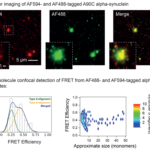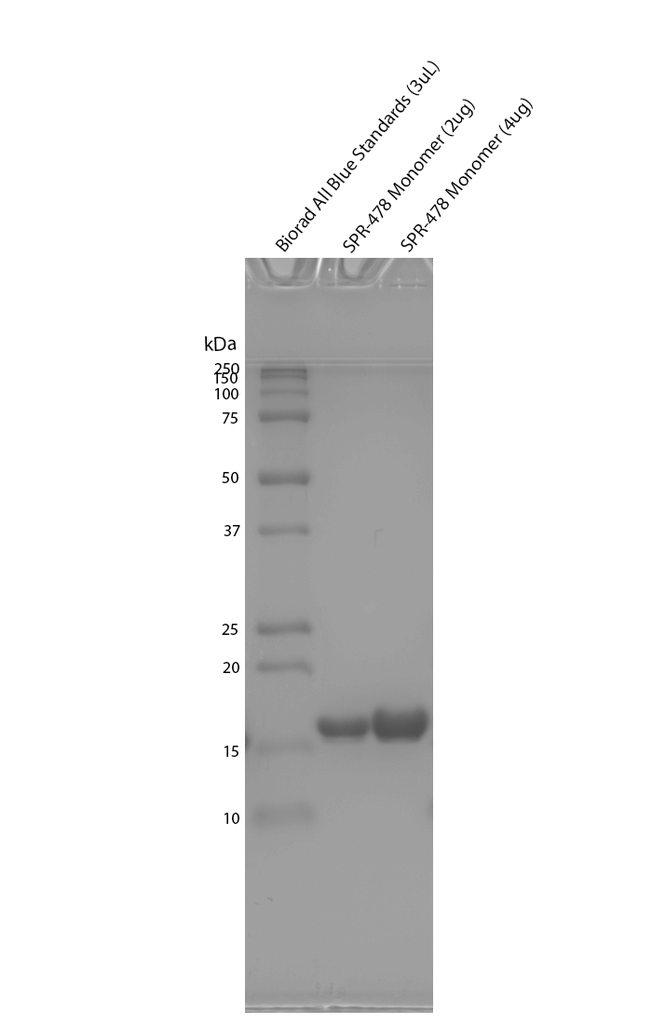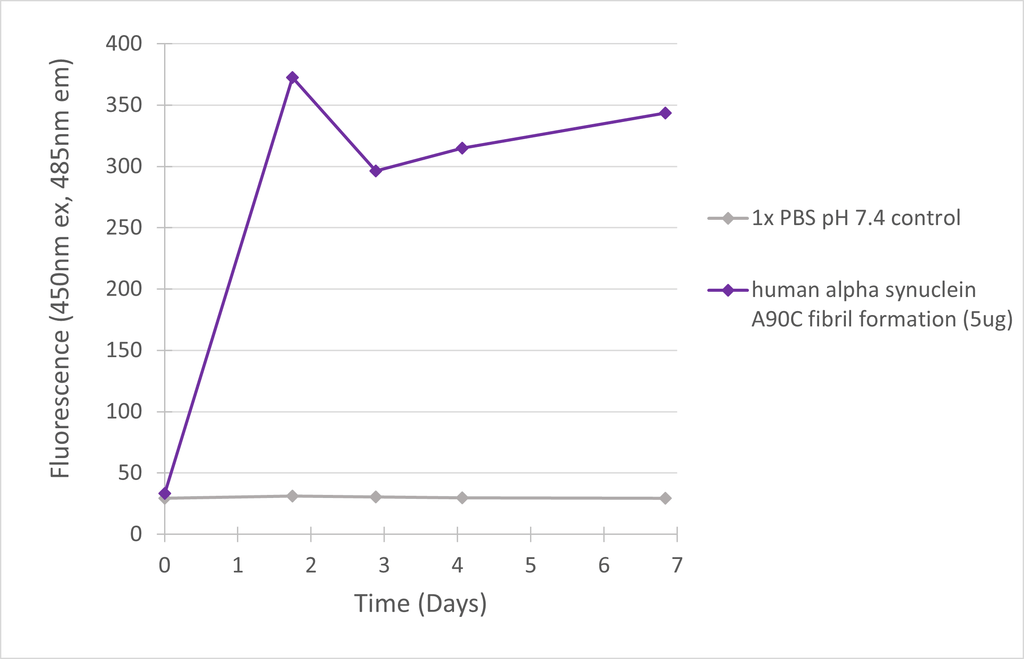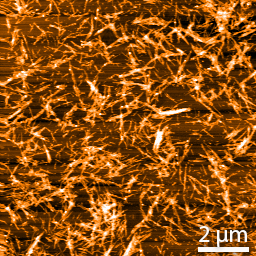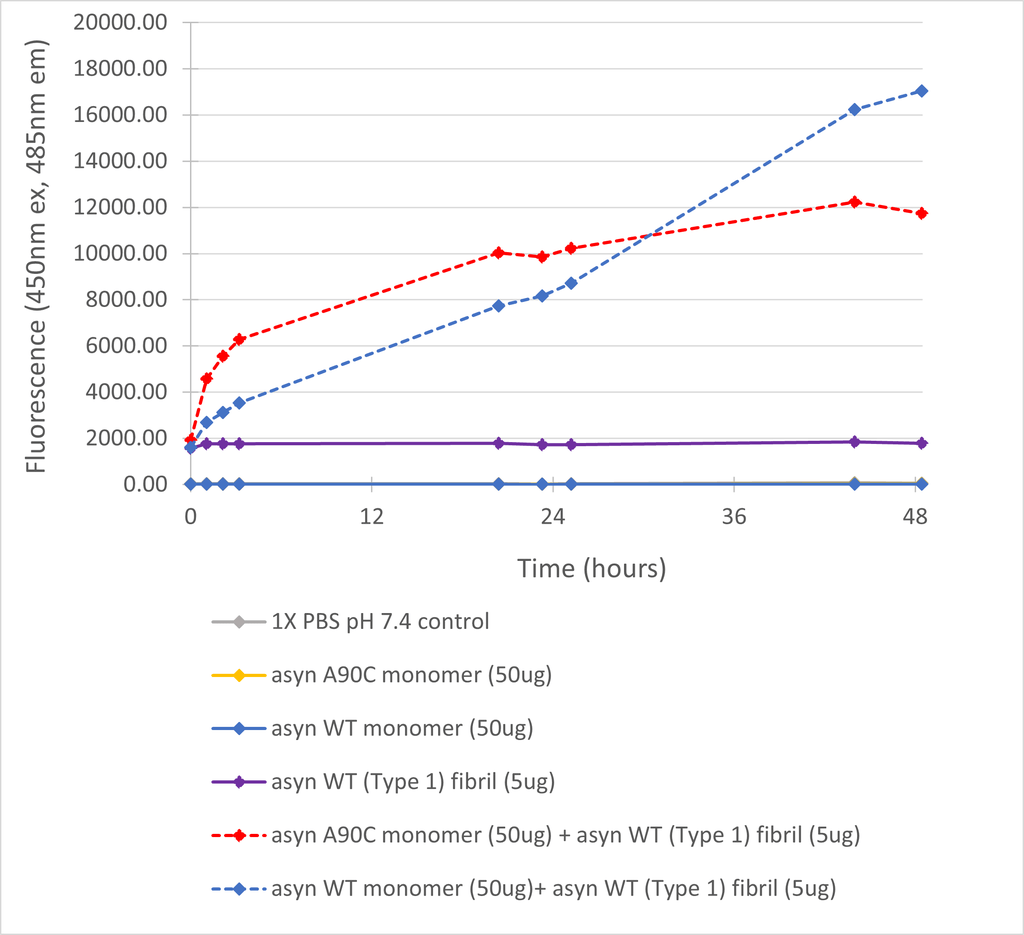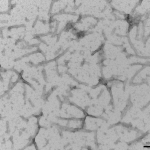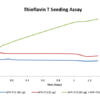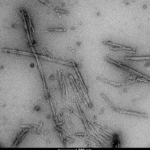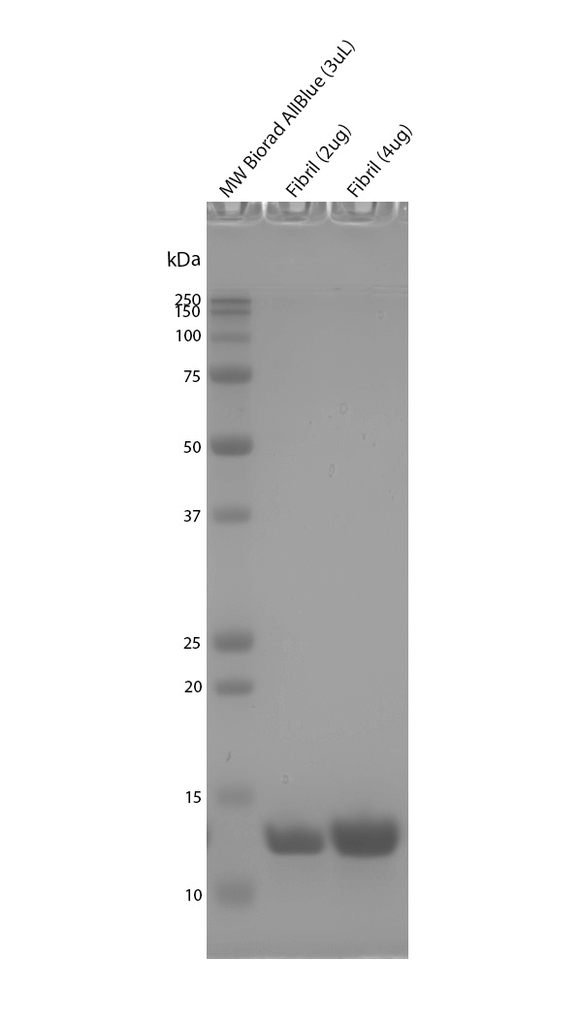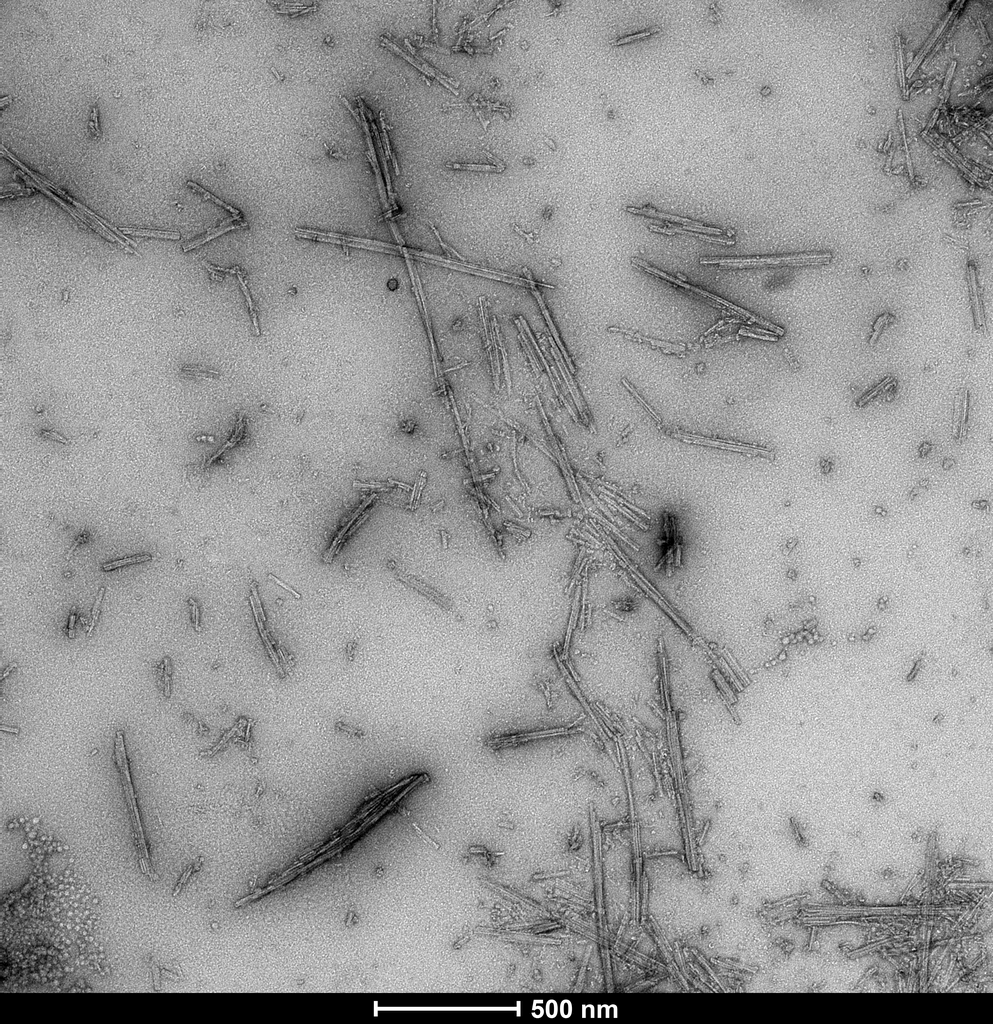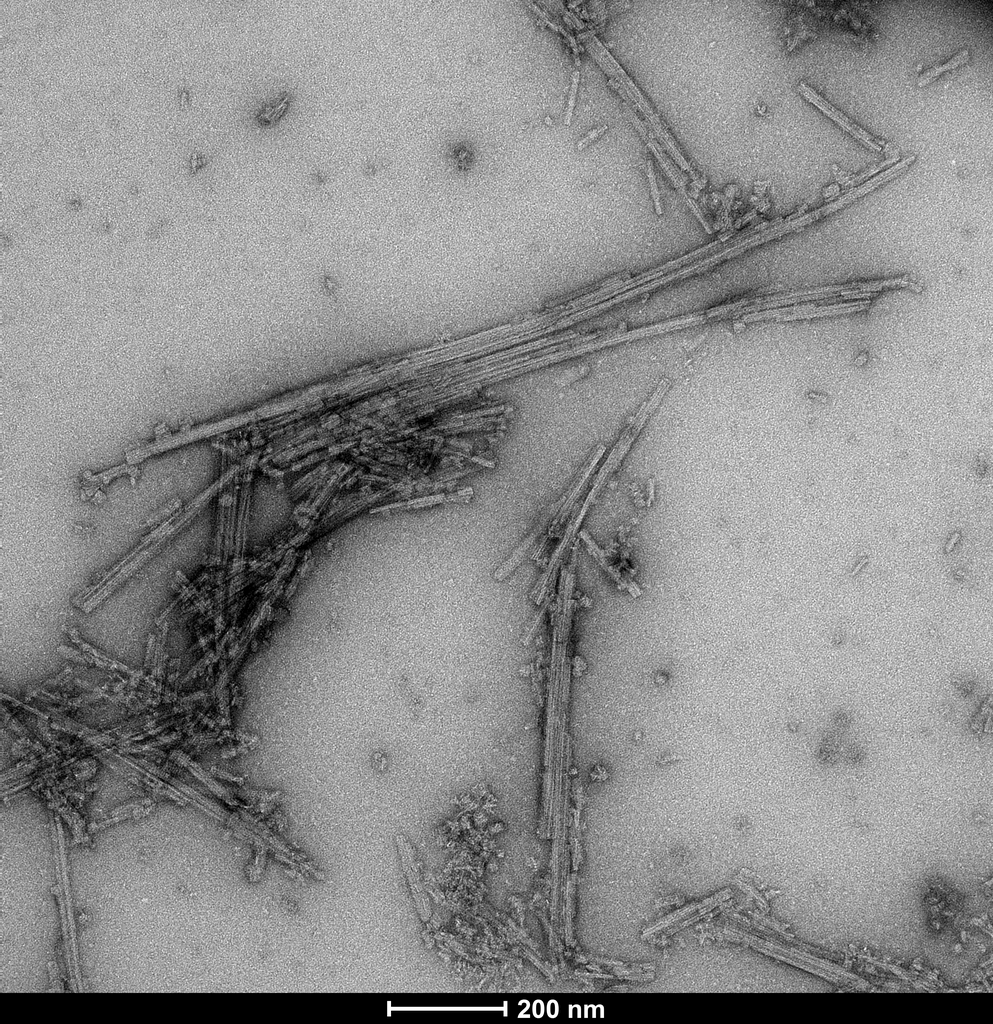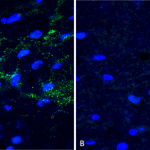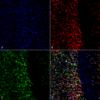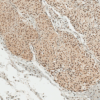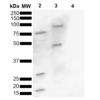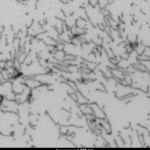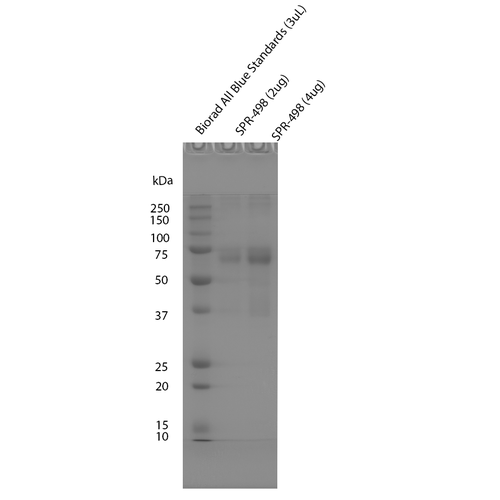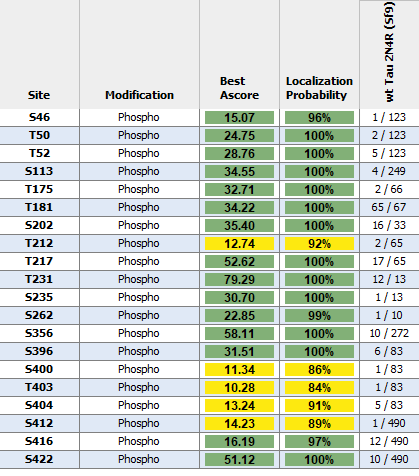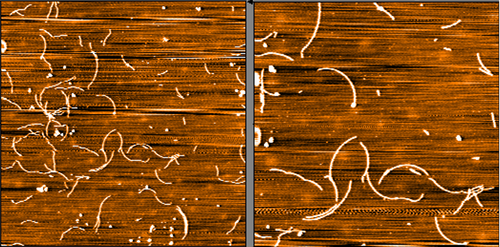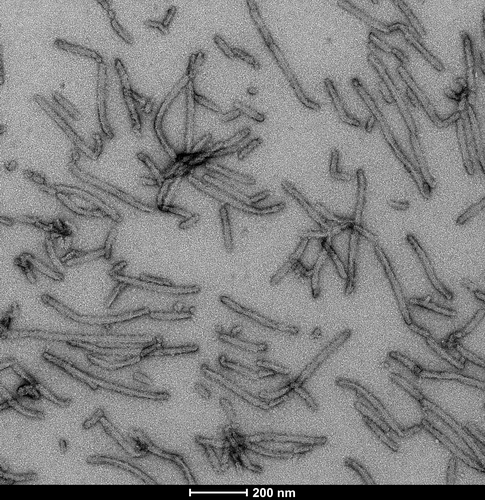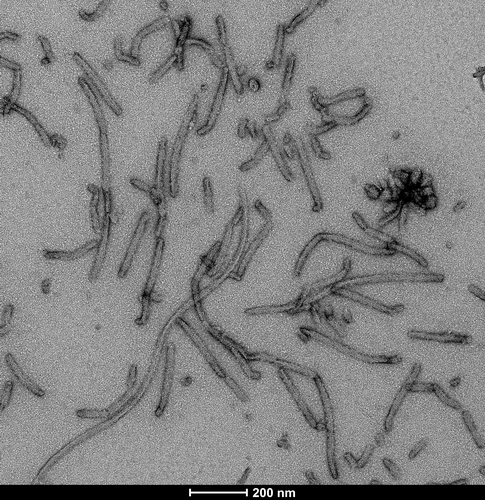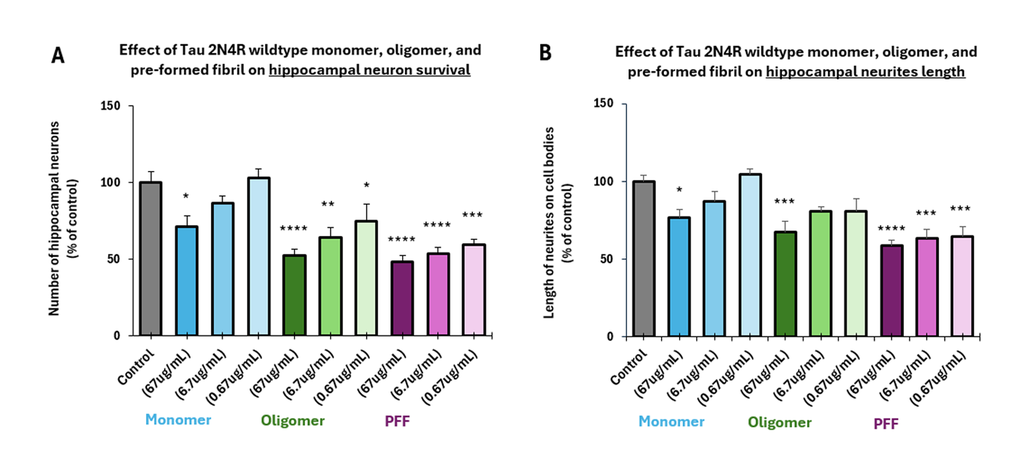Neurodegeneration
Neurodegeneration refers to a group of progressive disorders characterized by the structural and functional deterioration of neurons. Because neurons have limited regenerative capacity, their loss leads to irreversible damage, making these conditions debilitating and currently incurable. Neurodegenerative diseases affect millions worldwide, impairing motor control, cognition, and sensory processing.
Major Neurodegenerative Diseases
The spectrum of neurodegenerative disorders includes:
- Alzheimer’s disease (AD)
- Parkinson’s disease (PD)
- Amyotrophic lateral sclerosis (ALS)
- Huntington’s disease (HD)
- Lewy body dementia (LBD)
- Multiple system atrophy (MSA)
- Frontotemporal dementia (FTD)
- Prion diseases (e.g., Creutzfeldt-Jakob disease)
- Spinocerebellar ataxias (SCA)
- Friedreich’s ataxia
- Spinal muscular atrophy (SMA)
- Motor neuron diseases (MND)
- Multiple sclerosis (MS) (neurodegenerative component)
These disorders share common pathological mechanisms, including protein misfolding and aggregation, mitochondrial dysfunction, oxidative stress, and neuroinflammation.
Protein Aggregation: Monomers, Oligomers, and Fibrils
A hallmark of many neurodegenerative diseases is the abnormal aggregation of specific proteins. For example:
- Alpha synuclein in PD, LBD, and MSA
- Amyloid beta and tau in AD
- TDP-43 and SOD1 in ALS
- Huntingtin in HD
These proteins undergo a multistep aggregation process:
- Monomers: Native, soluble forms that maintain normal cellular function.
- Oligomers: Small, misfolded aggregates that are highly neurotoxic, disrupting membranes and synaptic signaling
- Pre-formed fibrils (PFFs): Insoluble fibrillar assemblies that seed further aggregation and propagate pathology in a prion-like manner
This aggregation cascade underlies the formation of pathological inclusions such as Lewy bodies in PD and amyloid plaques in AD, driving neuronal dysfunction and death.
Research Tools for Neurodegeneration Studies
Understanding the structural and functional dynamics of these proteins is critical for understadnign disease mechanisms and drug discovery. Experimental models using alpha-synuclein monomers, oligomers, and PFFs enable researchers to:
- Investigate aggregation pathways and neurotoxicity
- Model disease progression and prion-like spread
- Screen therapeutic candidates targeting specific aggregation states
To support this research, StressMarq produces high quality reagents including PFFs, oligomers and monomers in addition to antibodies and small molecules to support advances in neurodegenerative disease research.
View all Neurodegeneration Products
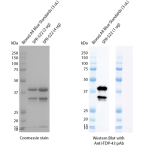
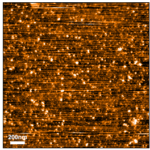
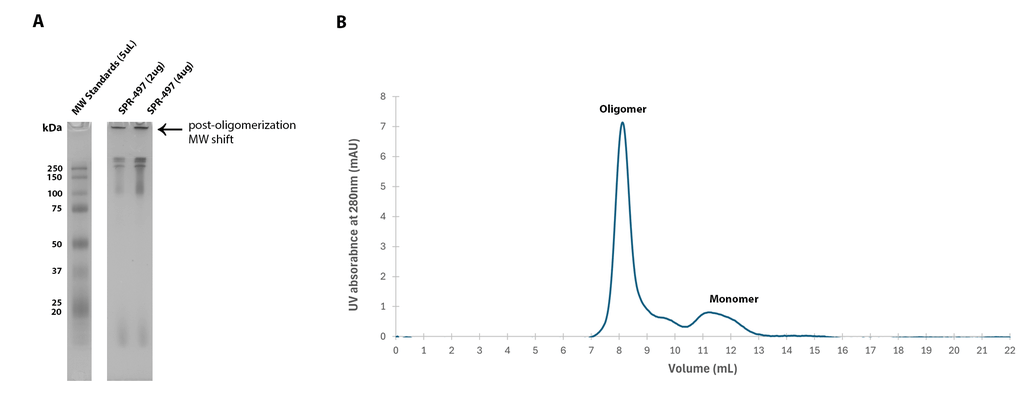
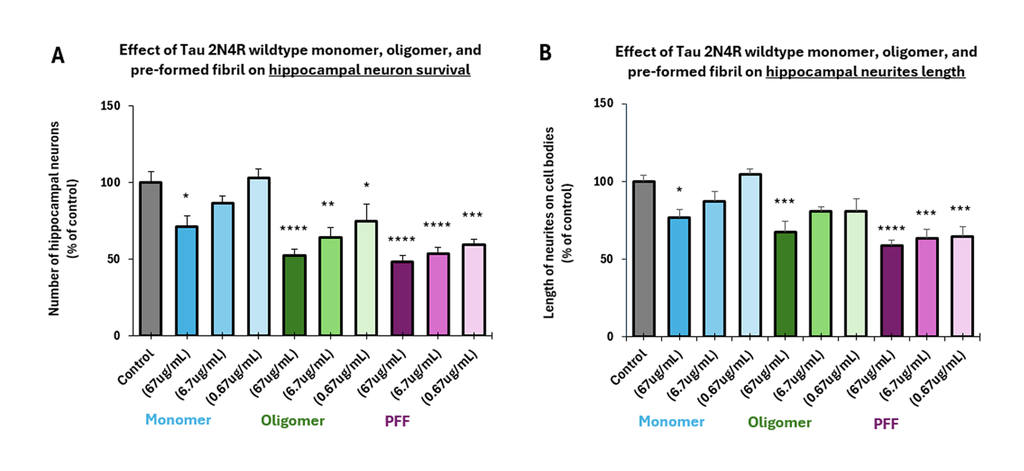
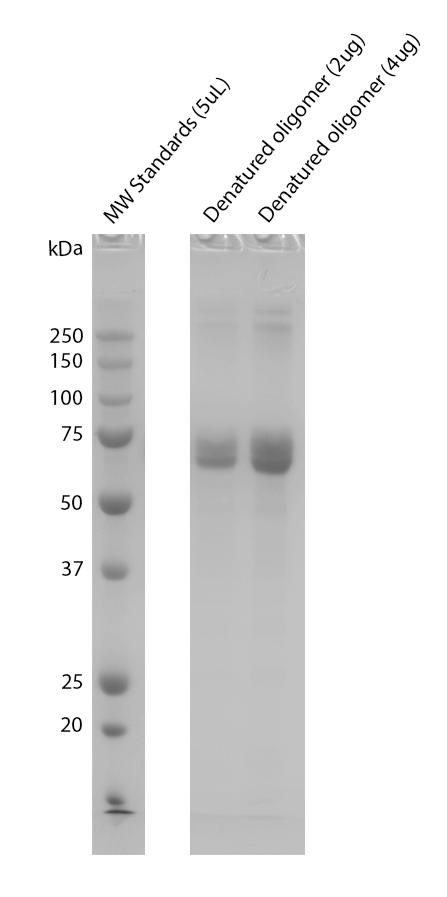
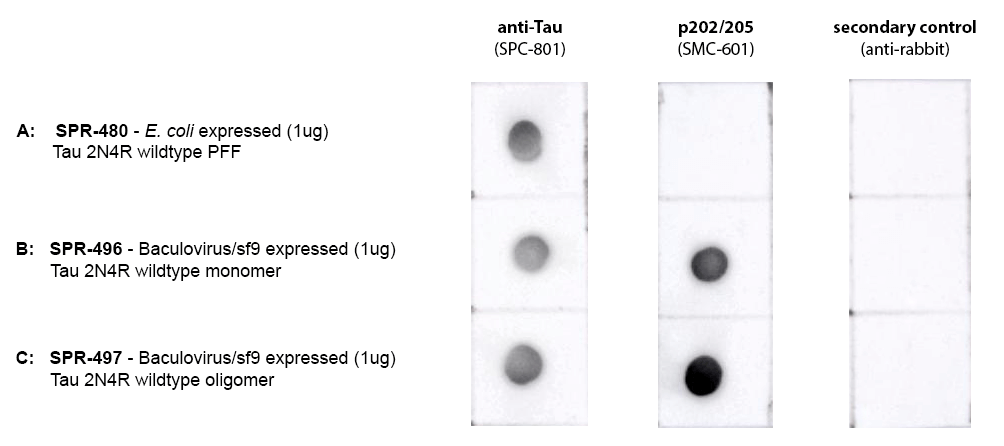
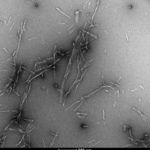

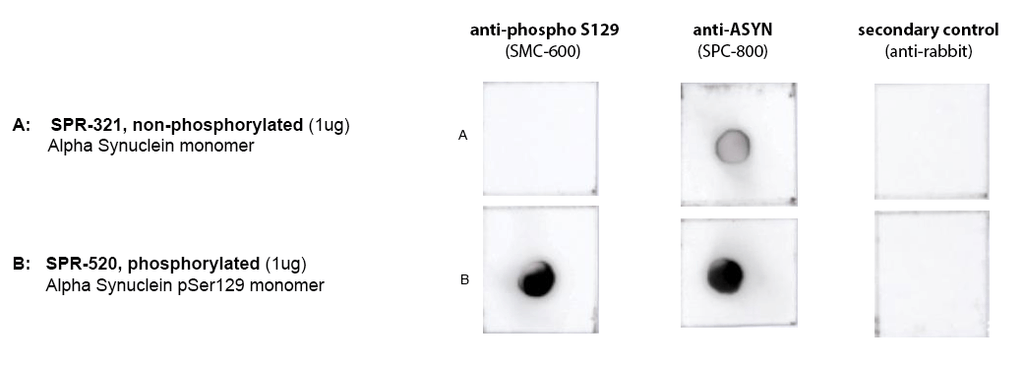
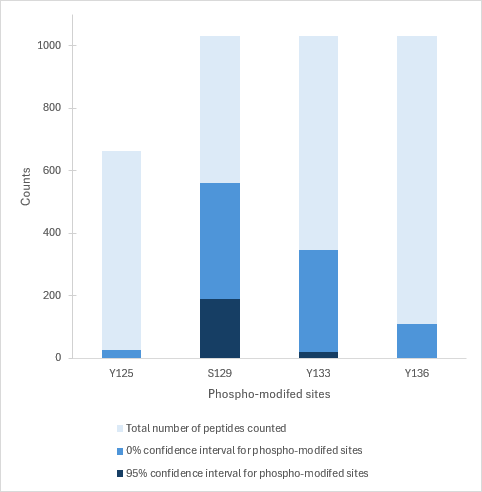
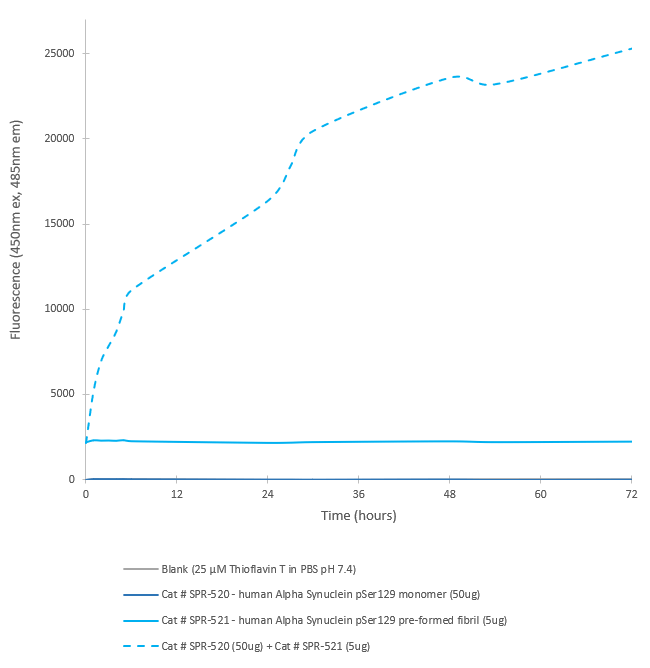
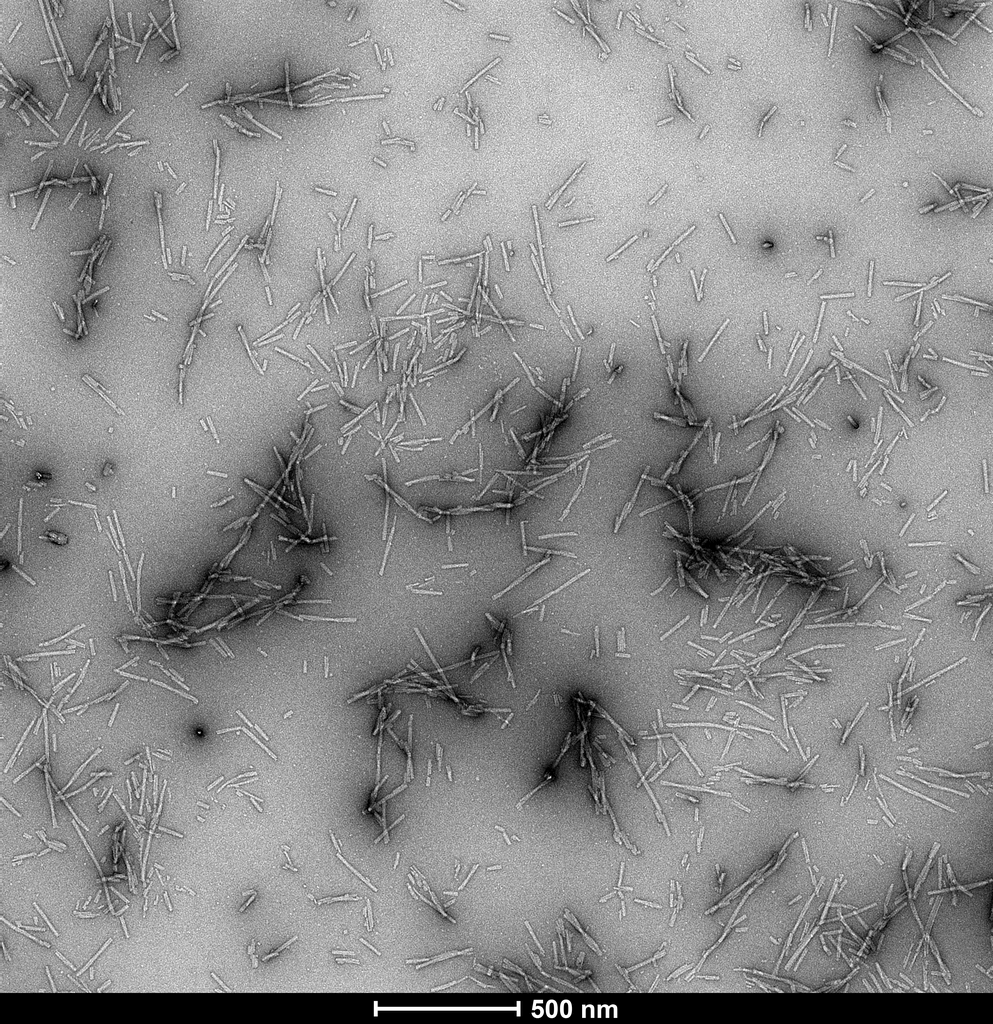
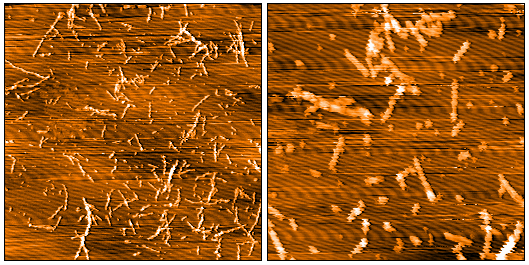
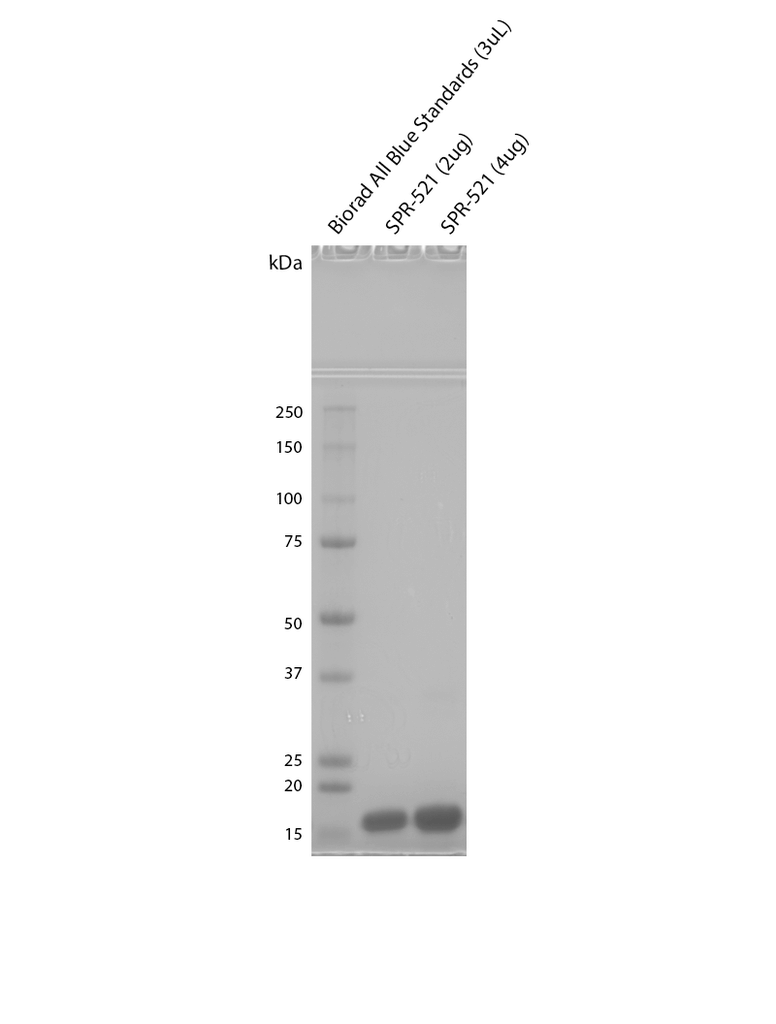
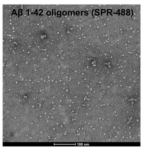



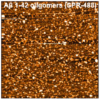
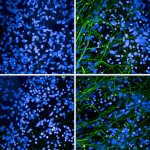
![Rabbit Anti-Tau Antibody (pSer202/ pThr205) [AH36] used in Immunohistochemistry (IHC) on Mouse Brain slice (SMC-601)](https://www.stressmarq.com/wp-content/uploads/SMC-601_Tau_Antibody_AH36_IHC_Mouse_Brain-slice_1-100x100.png)
![Rabbit Anti-Tau Antibody (pSer202/ pThr205) [AH36] used in Immunohistochemistry (IHC) on Mouse Brain slice (SMC-601)](https://www.stressmarq.com/wp-content/uploads/SMC-601_Tau_Antibody_AH36_IHC_Mouse_Brain-slice_2-100x100.png)
![Rabbit Anti-Tau Antibody (pSer202/ pThr205) [AH36] used in Western Blot (WB) on Human iPSC-derived cortical neurons (SMC-601)](https://www.stressmarq.com/wp-content/uploads/SMC-601_Tau_Antibody_AH36_WB_Human_iPSC-derived-cortical-neurons_1-100x100.png)
![Rabbit Anti-Tau Antibody (pSer202/ pThr205) [AH36] used in Dot Blot (DB) on E. Coli, Baculovirus (SMC-601)](https://www.stressmarq.com/wp-content/uploads/SMC-601_Tau_Antibody_AH36_DB_E-Coli-Baculovirus_1-100x100.png)
